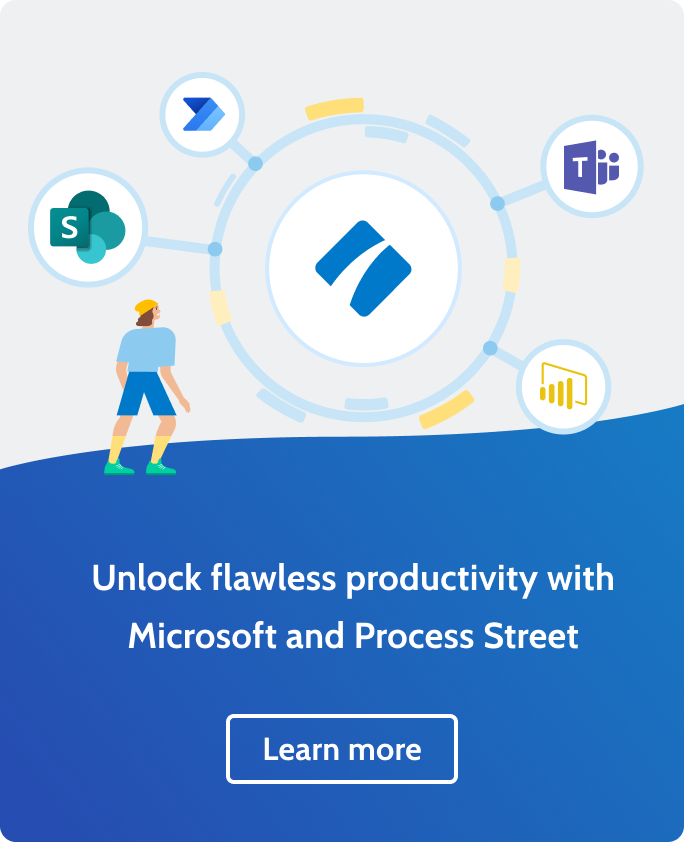How to Save Passwords on Microsoft Edge
With more online accounts, remembering passwords can be hard. But Microsoft Edge offers help! When you save passwords on Edge, you don’t need to remember them. Edge acts like a safe, storing and autofilling your login details. This saves time and reduces the risk of typos.
Edge also secures your passwords. It encrypts them, so hackers can’t access them. And it updates its security features to stay ahead of threats.
Plus, you can access your passwords from any device. You don’t have to retype them or transfer them manually.
So why wait? Take advantage of Edge’s password feature today. Get convenience and security – no stress!
How to save passwords on Microsoft Edge:
Passwords are an important part of our online life. Knowing how to save them on Microsoft Edge can make accessing websites easy and secure. Here’s a guide on how to do it.
- Open the Microsoft Edge browser.
- Go to the website or platform.
- Enter your login details and click the “save password” prompt.
These steps make it simple to store passwords on Microsoft Edge. Here are some extra tips to get the most out of your password-saving experience:
- Regularly update your Microsoft Edge browser for the latest security features and improvements.
- Set up a strong master password. This will make it harder for unauthorized people to access your passwords.
By updating and keeping a strong master password, you can protect your saved passwords while enjoying their convenience. Always put security first!
How to manage saved passwords on Microsoft Edge:
Microsoft Edge offers a hassle-free way of managing your saved passwords. Here’s a simple guide to help you manage passwords on the browser with ease.
- Step 1: Access the Password Settings.
- Step 2: Review and Edit Passwords.
- Step 3: Remove or Update Saved Passwords.
Open Microsoft Edge and click the three-dot menu located in the top-right corner. From the drop-down, select “Settings” then go to “Profile” and click on “Passwords.”
Once you’re in the password settings, you will see a list of all saved passwords. Review them and check their accuracy. To make changes, click on the password entry to reveal options. You can also search using the search bar.
To delete a saved password, click on the three-dot icon and select “Remove.” Confirm by clicking “Yes.” To update a password, click on “Edit,” make changes, and save them by clicking “Save.”
Microsoft Edge also has an option called “Offer to save passwords,” which automatically saves login information when visiting websites. This saves time by avoiding manual entries.
Fun Fact: Microsoft Edge is one of the fastest-growing web browsers globally, according to Microsoft News Center.
Tips for secure password management:
Secure your sensitive information with strong password management! Pick a secure password that contains letters, numbers, and special characters. Use different passwords for every online account to avoid multiple accounts being hacked. Utilize a password manager to store and generate unique passwords for all your accounts. Constantly update your passwords and don’t reuse the old ones to stay safe from security threats.
Enable two-factor authentication if available to add an extra layer of security. This requires additional verification, such as a fingerprint or one-time code.
Here’s a cautionary tale to illustrate the importance of secure passwords. My friend had his social media accounts hacked because he used the same weak password across platforms. He was embarrassed and personal info was accessed without his permission. Take proactive steps to protect your passwords and prevent unpleasant experiences like this!
Conclusion: Recap of the steps to save and manage passwords on Microsoft Edge, emphasizing the importance of utilizing these features for a secure online experience.
Managing passwords is essential for a safe online experience. Microsoft Edge offers easy features to save and manage passwords with ease. To review the steps, firstly go to the Settings menu and choose “Profiles.” Then pick “Passwords” and turn on the option to save passwords.
When enabled, Microsoft Edge will prompt you to save passwords when logging into websites. This means you don’t have to remember passwords, saving you time. It also keeps your passwords secure within the browser.
To manage your saved passwords on Microsoft Edge, go to the Profiles section in Settings and click on “Passwords.” You can access a list of all your saved passwords here. You can view, edit, or delete any stored credentials as needed.
Microsoft Edge has advanced security measures to protect your saved passwords. It encrypts your login information using modern encryption algorithms. So, even if someone gets unauthorized access to your device, they can’t read your password data.
Microsoft Edge also supports biometric authentication methods like fingerprint or facial recognition for extra security. You can make sure only authorized people can access your saved passwords.
For added security, use complex passwords. Try combining uppercase and lowercase letters, numbers, and symbols. Update your passwords regularly too.







 Workflows
Workflows Projects
Projects Data Sets
Data Sets Forms
Forms Pages
Pages Automations
Automations Analytics
Analytics Apps
Apps Integrations
Integrations
 Property management
Property management
 Human resources
Human resources
 Customer management
Customer management
 Information technology
Information technology



